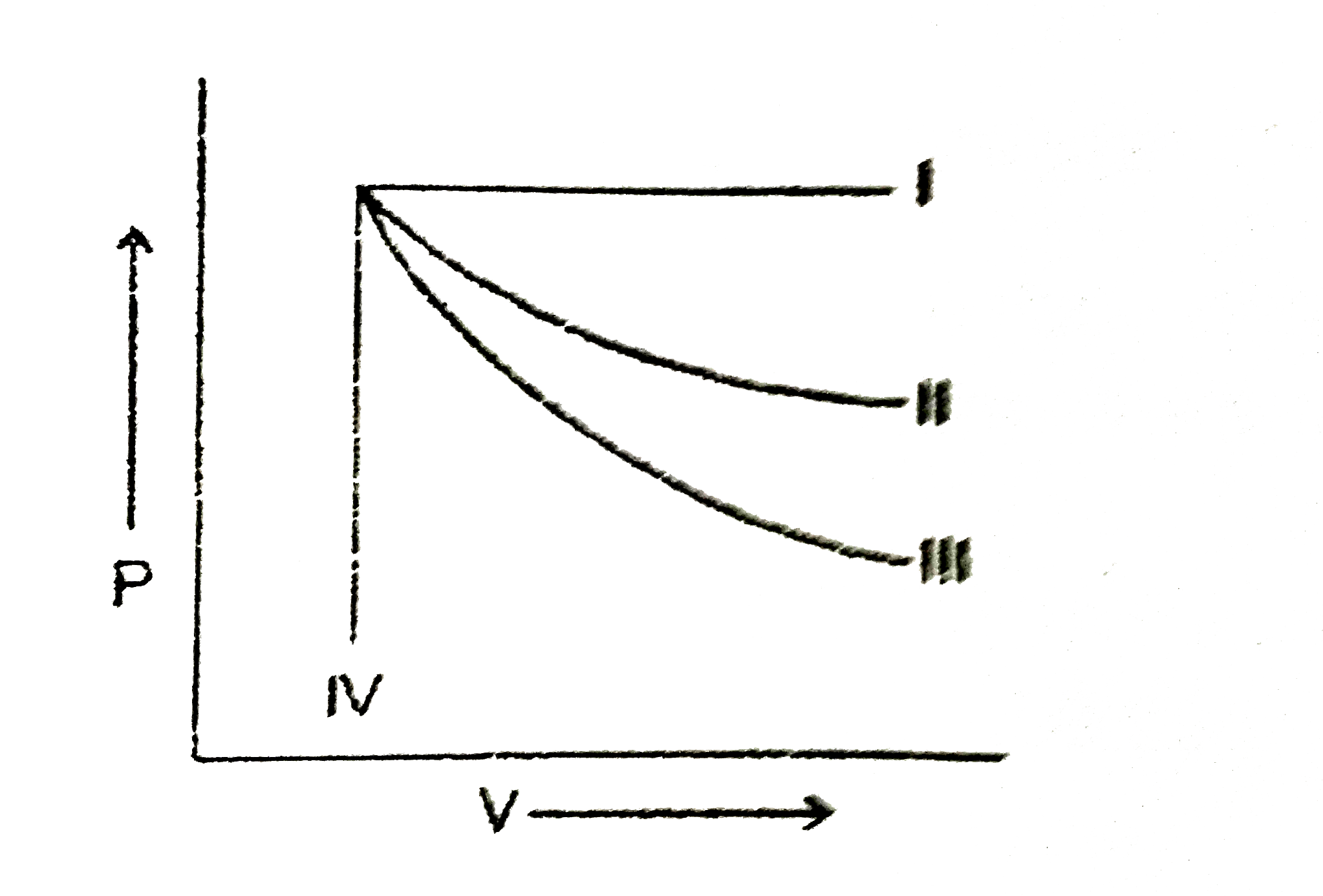The set which represents the isotope , isobar and isotone respectively is
A
(1H2,1H3),(79Au197,80Hg198)and(2He3,1H2)
B
(2He3,1H1),(79Au197,80Hg198)and(1H1,1H3)
C
(2He3,1H3),(1H2,1H3)and(79Au197,80Hg198)
D
(1H2,1H3),(2He3,1H3)and(79Au197,80Hg198)
Video Solution
Text Solution
The correct Answer is:D
Isotope → same atomic number, but different mass number i.e., ((1)H1,1H3)
Isobar → same mass number, but different atomic number i.e., (2He3,1H3)
Isotone → same neutron number but different atomic number. i.e (79Au197,80Hg198)
|
Updated on:21/07/2023
Topper's Solved these Questions
- BOOK - ERRORLESSCHAPTER - ATOMIC AND NUCLEAR PHYSICSEXERCISE - NCERT BASED QUESTIONS (Radioactivity)78videos
ATOMIC AND NUCLEAR PHYSICS
- BOOK - ERRORLESSCHAPTER - ATOMIC AND NUCLEAR PHYSICSEXERCISE - Past Years Questions67videos
ATOMIC AND NUCLEAR PHYSICS
- BOOK - ERRORLESSCHAPTER - ATOMIC AND NUCLEAR PHYSICSEXERCISE - Assertion and Reason23videos
ATOMIC AND NUCLEAR PHYSICS
- BOOK - ERRORLESSCHAPTER - ALTERNATING CURRENTEXERCISE - Assertion & Reason13videos
ALTERNATING CURRENT
- BOOK - ERRORLESSCHAPTER - CURRENT ELECTRICITYEXERCISE - ASSERTION AND REASON26videos
CURRENT ELECTRICITY
Similar Questions
Knowledge Check
- Question 1 - Select One
The set which repesents the isotope , isobar and isotone respectively is
A(.21H,.31H),(.19779Au,.19880Hg)and(.32He,.21H)B(.32H,.11H),(.19779Au,.19880Hg)and(.11He,.31H)C(.32H,.31H),(.21H,.21H)and(.19779Au,.19880Hg)D(.21H,.31H),(.32He,.31H)and(.19779Au,.19880Hg) - Question 2 - Select One

The plots between P and V which represent isochoric and isobaric process respectively:AI,IIBIV,ICI,IVDII,III - Question 3 - Select One
Which one of the following sets of units represents the smallest and the largest amout of energy, respectively?
AJ and ergBerg and calCcal and eVDeV and lit atm
Define isotope and isobar.
View SolutionDifferentiate between isotope and isobars.
View SolutionWhich set represents isoelectronic species?
View SolutionWhich set represents isoelectronic species ?
View SolutionWhich one of the following sets of units represents the smallest and the largest amout of energy, respectively?
View Solution

